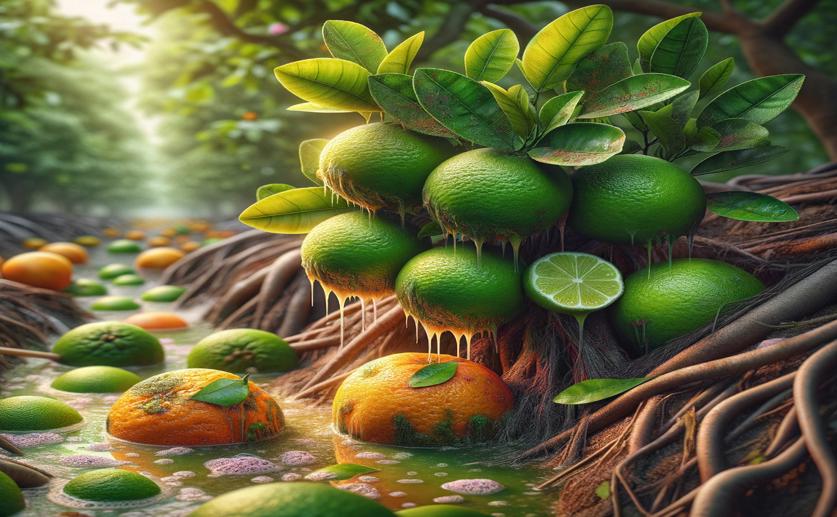
Health Risks from Toxic Metals in Sweet Lime and Oranges Grown with Wastewater
Jenn Hoskins
11th July, 2024

Image Source: Natural Science News, 2024
Key Findings
- Researchers at Usak University studied the impact of different irrigation sources on metal levels in citrus fruits in Sargodha
- Citrus fruits irrigated with sewage water had higher levels of cadmium, chromium, iron, and manganese compared to those irrigated with fresh water
- Despite metal levels being within acceptable guidelines, the Health Risk Index values for cadmium, chromium, and iron indicated significant health risks
References
Main Study
1) Bioaccumulation and Health Risk Assessment of Potentially Toxic Metals in Citrus Limetta & Citrus Sinensis Irrigated by Wastewater.
Published 9th July, 2024
https://doi.org/10.1007/s00128-024-03910-0
Related Studies
2) Evaluation of Potential Toxic Metals Accumulation in Wheat Irrigated with Wastewater.
3) Heavy metal pollution in the environment and their toxicological effects on humans.
4) Evaluation of toxicity potential of cobalt in wheat irrigated with wastewater: health risk implications for public.



 16th May, 2024 | Jim Crocker
16th May, 2024 | Jim Crocker